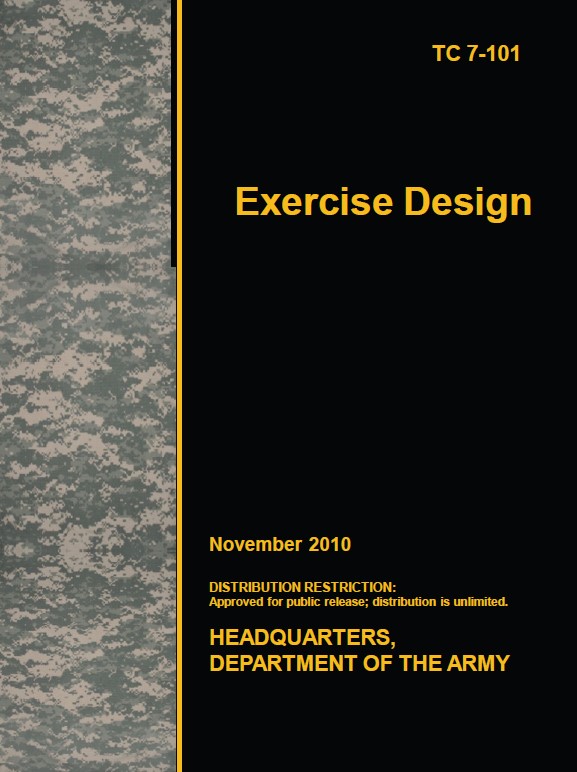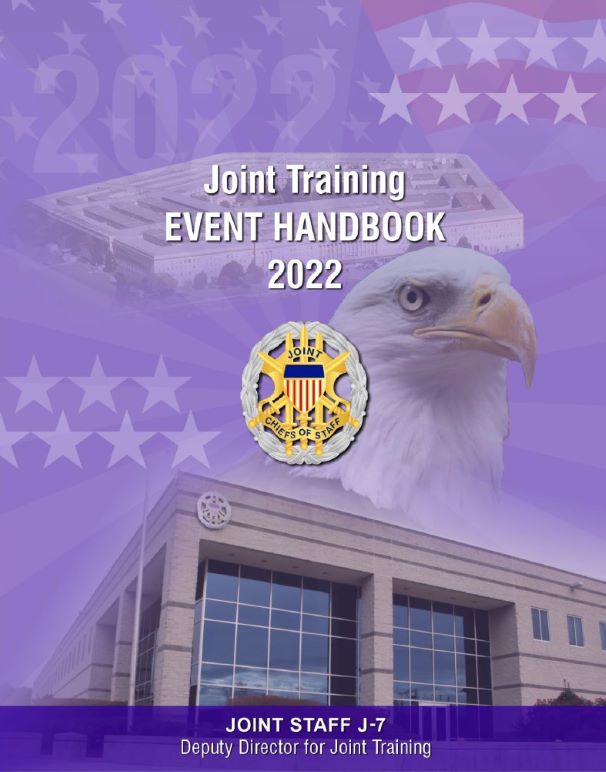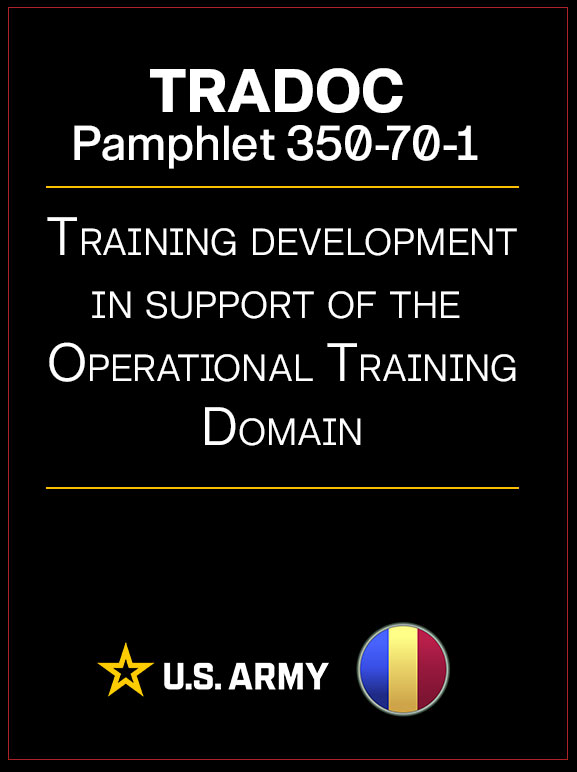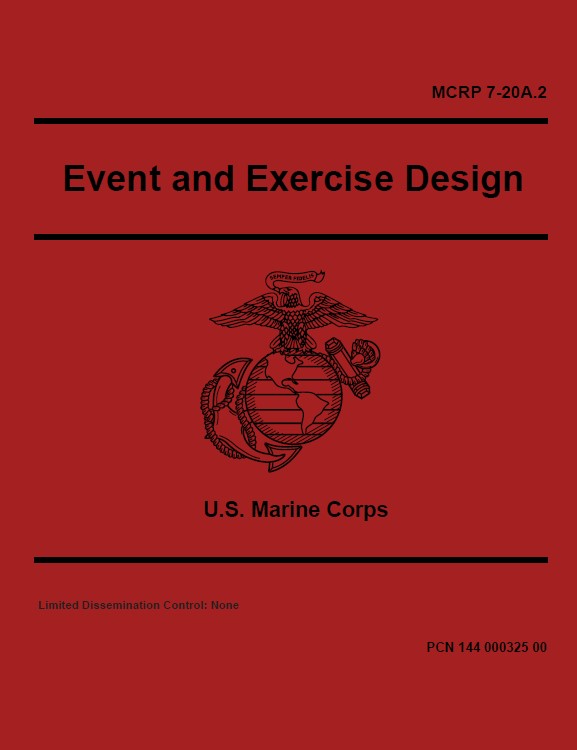SCENARIO DEVELOPMENT
One thing is common to every event or exercise. Each is tied together with a scenario, usually consisting of an Operational Environment (OE) with threat, road-to-war (RTW), and supporting documents and processes.
FURTHER UNDERSTANDING & LEARNING
For further understanding of training and learning, access resources like TC 7-101 Exercise Design and the Joint Event Training Handbook as useful guides exercise planners and scenario developers can use to produce effective training events for commanders and staffs.
Training Development in Support of the Operational Training Domain offers guidance and examples for creating unit training products, including combined arms training strategies, warfighter training support packages, collective and individual tasks, drills, and Soldier Training Publications.
Marine Corps Reference Publication (MCRP) 7-20A.2, Event and Exercise Design, offers guidance for Marine leaders and trainers on creating standards-based unit training events and exercises, reinforcing the Systems Approach to Training and Education, and complementing roles and responsibilities in unit training management.





